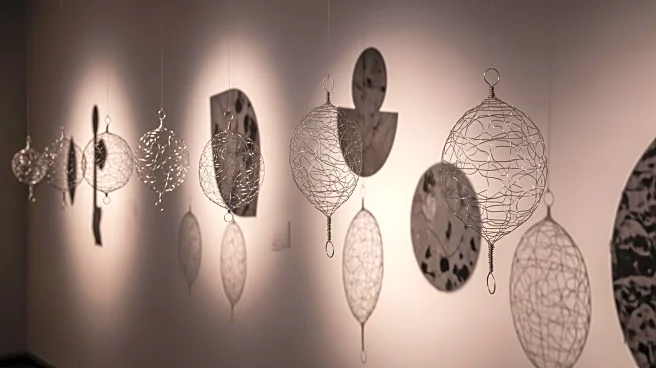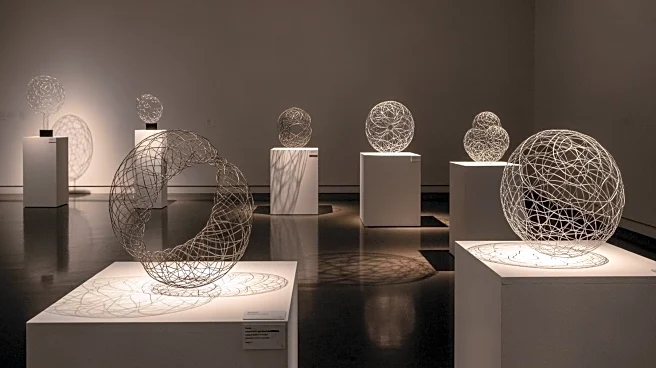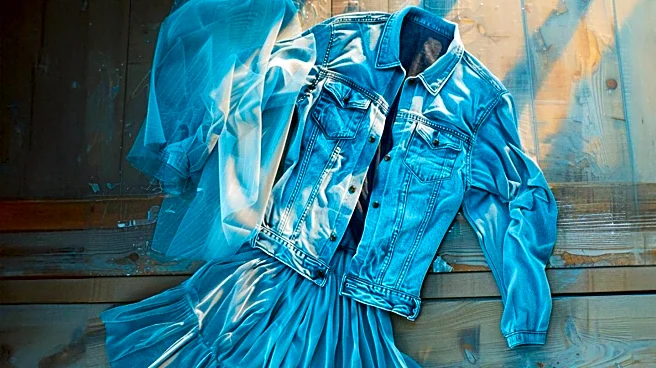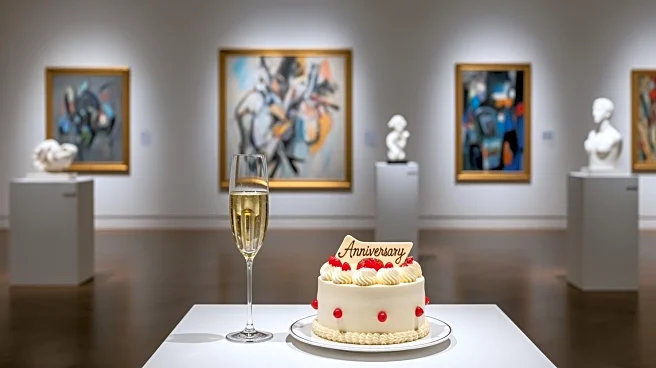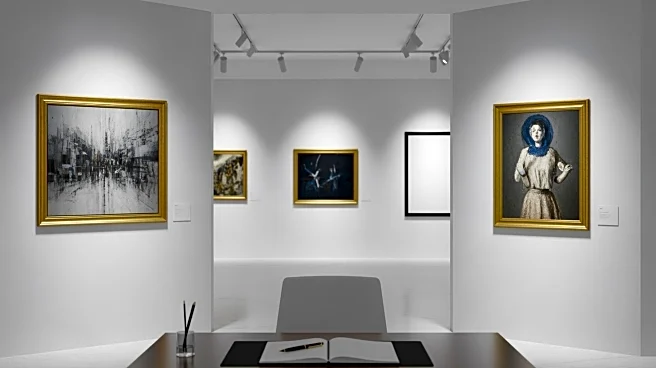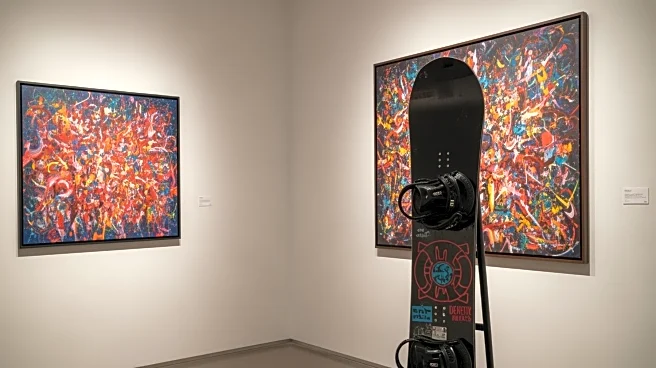What's Happening?
The Museum of Modern Art (MoMA) in New York is hosting a retrospective of Japanese American artist Ruth Asawa, showcasing her diverse body of work. Known for her intricate wire sculptures, Asawa's exhibition
features 398 objects, making it the largest MoMA exhibition dedicated to a woman artist. The retrospective follows a successful run at the San Francisco Museum of Modern Art, where Asawa's work attracted significant attention. The exhibition highlights her wide-ranging practice, including sculptures in various mediums and vibrant drawings, offering a comprehensive view of her artistic contributions.
Why It's Important?
Ruth Asawa's retrospective at MoMA represents a significant recognition of her artistic achievements and contributions to the art world. Asawa's work, often dismissed as craft during her lifetime, is now celebrated for its innovation and beauty. The exhibition provides an opportunity to reassess her legacy and influence, particularly in the context of gender and cultural representation in art. Asawa's diverse practice and dedication to arts education underscore the importance of supporting and promoting underrepresented artists, contributing to a more inclusive and diverse art community.
What's Next?
Following its run at MoMA, the retrospective will tour internationally, visiting the Guggenheim Museum Bilbao and Fondation Beyeler in Switzerland. This global exposure will further elevate Asawa's profile and introduce her work to new audiences. The continued interest in Asawa's art may influence market dynamics, with potential impacts on the valuation and demand for her pieces. As the exhibition travels, it will contribute to ongoing discussions about the role of women and minority artists in shaping contemporary art history.
Beyond the Headlines
Ruth Asawa's retrospective not only celebrates her artistic achievements but also highlights her personal journey and resilience. Her experiences as a Japanese American during World War II and her commitment to arts education reflect broader themes of cultural identity and social justice. The exhibition invites viewers to consider the intersections of art, community, and activism, emphasizing the transformative power of creativity. Asawa's legacy continues to inspire future generations, reinforcing the importance of preserving and promoting diverse artistic voices.
